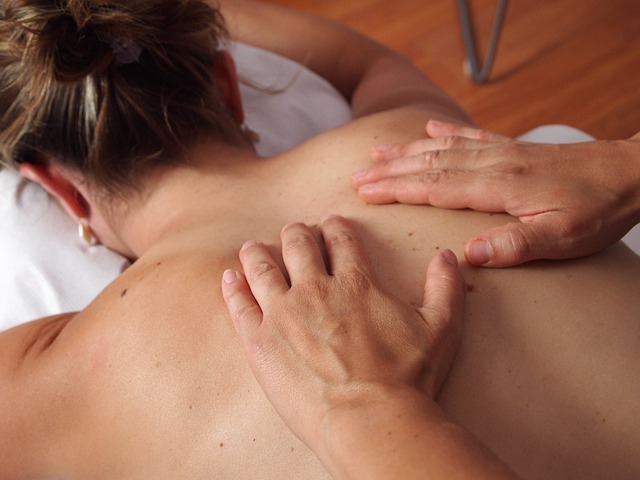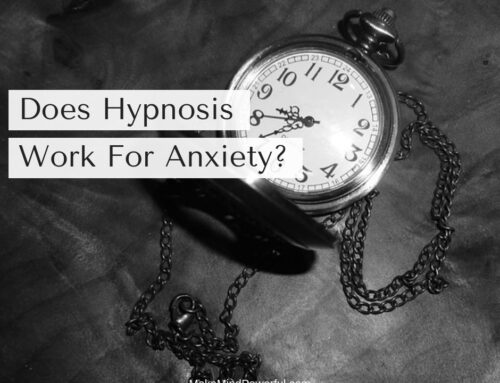Can a great session of massage alleviate anxiety? Read this article by Dr. Brent, founder of Better Health Chiropractic and Physical Rehab to find out.
One of the undeniable facts about modern day life is that GAD or Generalized Anxiety Disorder, has become one of the most common types of mental illness in the US. The Anxiety and Depression Association of America states that 40 million adults over the age of 18, a full 18.1% of the population, are affected.
People suffering from GAD can find this problem to be difficult to deal with, at best, and completely debilitating at its worst. While medication can help, some GAD sufferers state that their anxiety levels are so intense that they become virtual hermits, almost unable to leave their own home.
A Welcome Source of Relief
Recent studies have found that massage therapy can offer more health, including mental health, benefits than we ever dreamed possible.
While many view massage as a luxury item reserved for vacations or special events, or simply as a pleasant way to spend an afternoon, there is more to touch therapy than meets the eye.
Science-Backed Evidence
GAD, depression, and panic disorders are typically treated with pharmaceutical medication and behavioral therapy, but what if there were more natural, holistic means of helping to curb these types of feelings?
Researchers in one study wanted to see if Light Touch Therapy, where there is no actual massaging motion but a simple “laying of hands” on different parts of the body to release energy or massage therapy would be helpful for those who were diagnosed with GAD.
In this study, completed in 2013, 47 subjects were randomly chosen to receive either twice weekly Touch Therapy sessions for a period of 6 weeks, or a Swedish massage therapy session for the same length of time, in identical room conditions.
Subjects who received the massage therapy stated that they had reduced anxiety and depression levels, while the subjects who received Touch Therapy reported little or no change.
Part of the reason massage therapy works so well is that human touch, such as hugs, kissing, and holding hands, improves the mental well-being and fosters the bond between humans. This should come as no surprise since we are, by nature, social creatures.
There are other factors that come into play, however. A 2010 study found that massage improves the immune system, as well as improves the quality of sleep. Both of these areas are important parts of our mental health make-up.
Perhaps the largest contributor massage therapy makes in improving feelings of anxiety comes from the stress relief and deep relaxation that occurs when the body is stroked and massaged. Stress relief is more than just a feeling, but an actual physical change within the body, as levels of cortisol, the stress hormone, becomes lower and the release of what are often called “happy” hormones, endorphins, are released.
Are All Massages the Same?
The answer here is yes and no. While the basic idea behind massage therapy is the same; the stroking, rubbing, and manipulation of the muscles, there are many different types of massage therapy.
Since everyone is different, individual responses to massage therapy will vary and, in some cases, it might not be effective for everyone.
The majority of studies performed which have been shown to be effective in helping to reduce feelings of anxiety and depression using the typical Swedish massage. This is the most common type of massage that leaves one feeling relaxed and cared for.
You should feel confident about speaking with your massage therapist and informing them that you suffer from GAD and/or depression. These details will be kept confidential, but it will help your therapist to determine what type of massage, as well as how much pressure, you will feel comfortable with.
Other Alternatives
If you would feel more comfortable seeking out a massage from a health care professional, most chiropractors offer “chiropractic massage.” Typically, after an adjustment, the massage therapist works under the direction of the doctor to perform the massage.
Physical therapists in many cases also have massage therapists who can be helpful. If they don’t employ one, they most likely will have a recommendation for a qualified massage therapist.
The Bottom Line
Of course, this article is not suggesting that massage therapy can or should take the place of medication and/or behavioral therapy. GAD, depression, and panic disorders can be very serious, and patients should not attempt to “self-medicate”, even with something as benign as massage.
However, massage therapy has been shown to have multiple benefits for almost everyone, including those who have GAD. Living with mental illness is a difficult experience and if massage therapy can be of some benefit, why not take advantage of it?
Dr. Brent Wells, D.C. founded Better Health Chiropractic & Physical Rehab in Alaska in 1998 and has been a chiropractor for over 20 years. His practice has treated thousands of patients from different health problems using various services designed to help give you long-lasting relief.
Dr. Wells is also the author of over 700 online health articles that have been featured on sites such as Dr. Axe and Lifehack. He is a proud member of the American Chiropractic Association and the American Academy of Spine Physicians. And he continues his education to remain active and updated in all studies related to neurology, physical rehab, biomechanics, spine conditions, brain injury trauma, and more.







Leave A Comment